Pioneer of Italian Fashion: Artist-Designer Rosa Genoni
An Italian artist-designer at the turn of the 20th century, Rosa Genoni is described as a founder of Italian fashion, a dressmaker, a teacher, a...
Nikolina Konjevod 13 May 2024
During the 20th century, Italian Futurist artists, thinkers, and like-minded creators such as Giacomo Balla, Fortunato Depero, or Thayaht (Ernesto Michahelles) paid attention to fashion. They designed or created works that were occasionally unwearable but could be viewed as art objects and, at times, even served as manifestos of social and anthropological significance.
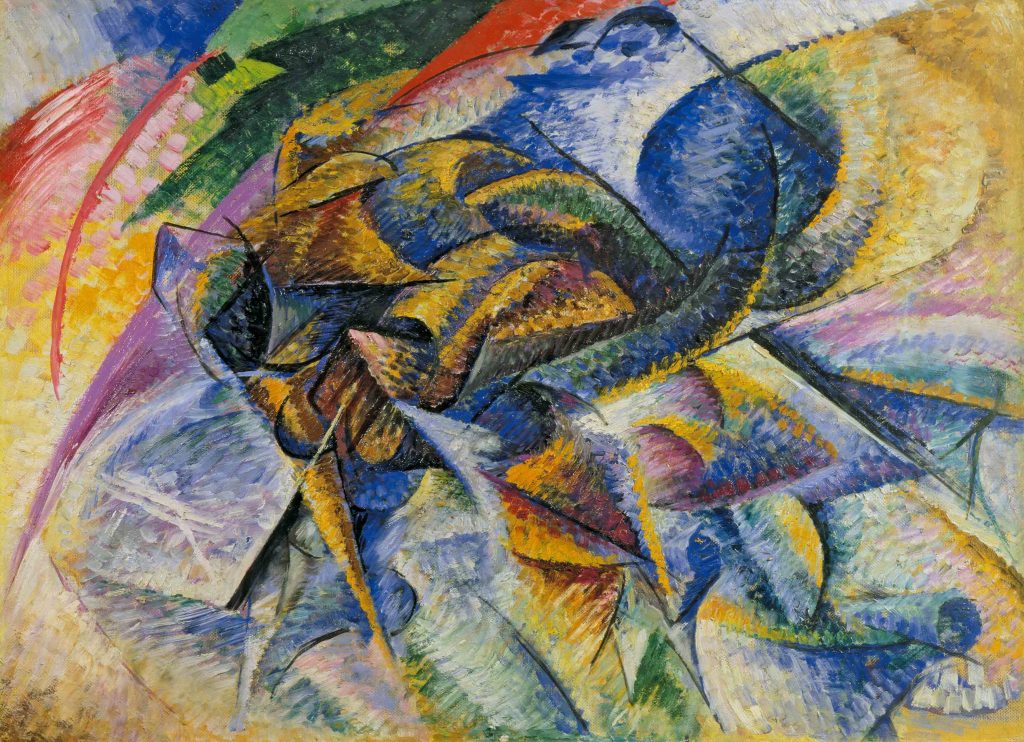
Futurism as a modernist movement was born in 1908 when Filippo Tommaso Marinetti wrote his Manifesto of Futurism and published it as a part of his book of poems in 1909. Later it was featured in an Italian newspaper Gazzetta dell’Emilia and then in French Le Figaro. His aim was to produce the shock of something new (as Cubism had done previously). However, whereas such provocation had previously been limited to museums or books, Marinetti wanted to extend it to social and political life.
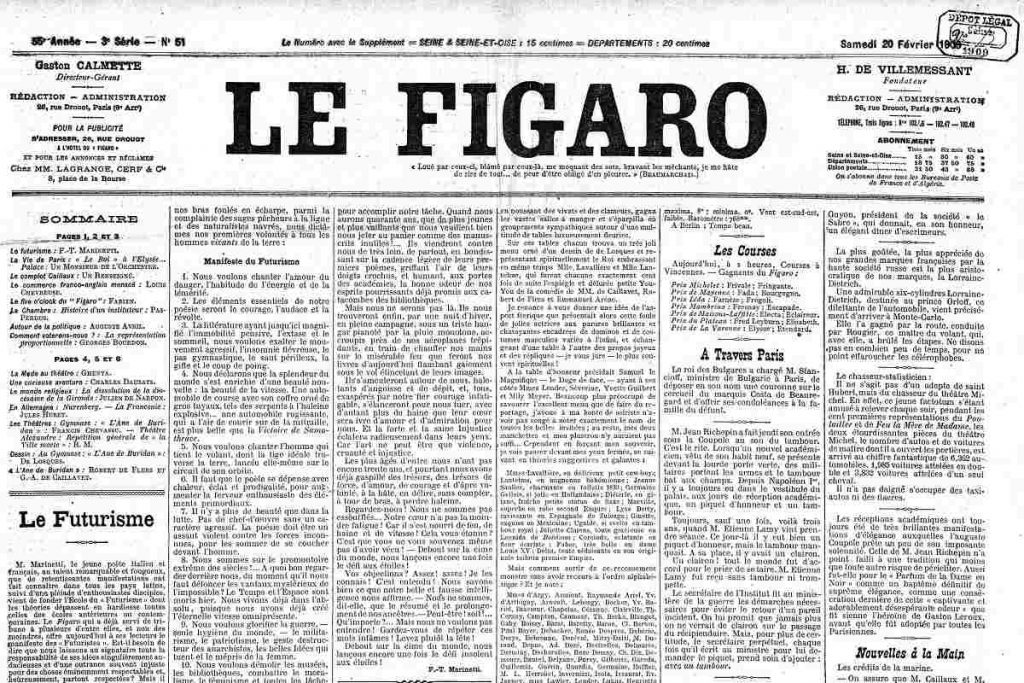
In March 1915, the so-called Second Wave Futurists, such as Giacomo Balla and Fortunato Depero, launched the manifesto The Futurist Reconstruction of the Universe.
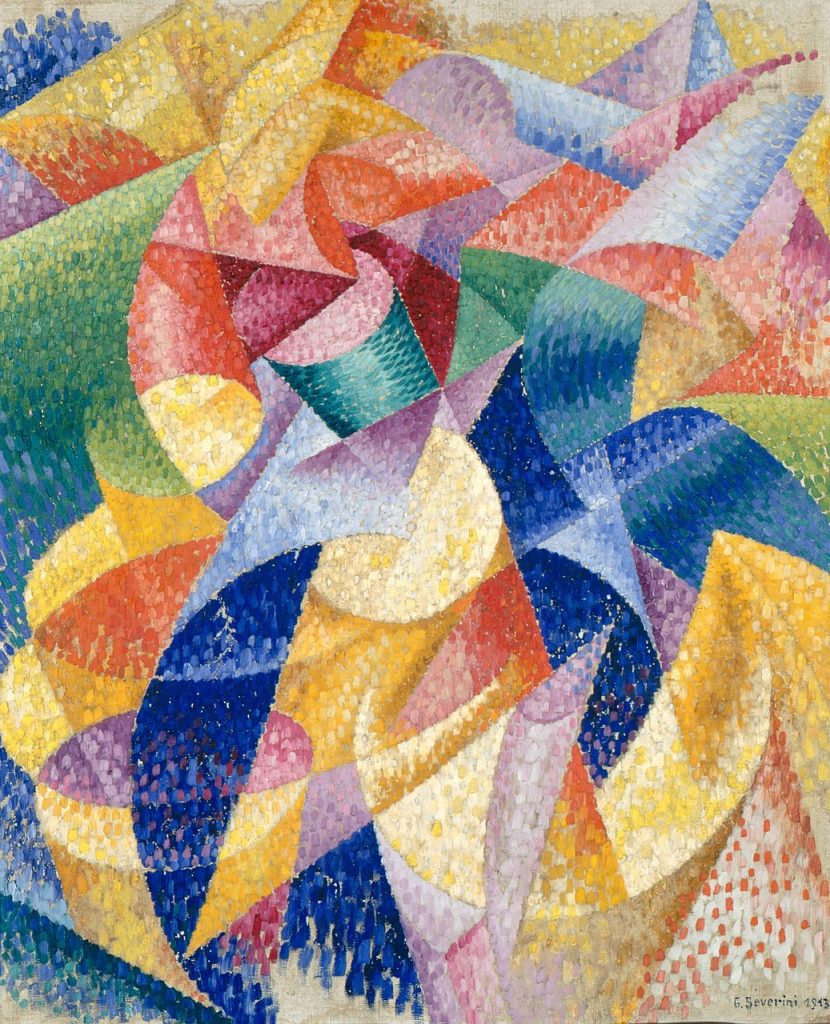
Futurism proposed the concept of art-action and, from its very beginning, it had a strong performative quality. Through the primacy of speed and dynamics, the representation of objects in movement became paramount.

While futurist paintings mixed stylistic idioms from Cubism and Divisionism, their poetry, music, photography, film, and drama expanded along more abstract principles. These included speed, dynamism, novelty, violence, technology, nationalism, and urbanity, which were often expressed according to prior formulated declarations. Significantly, futurist photographs and canvases aimed to show successive stages of an object moving through space.
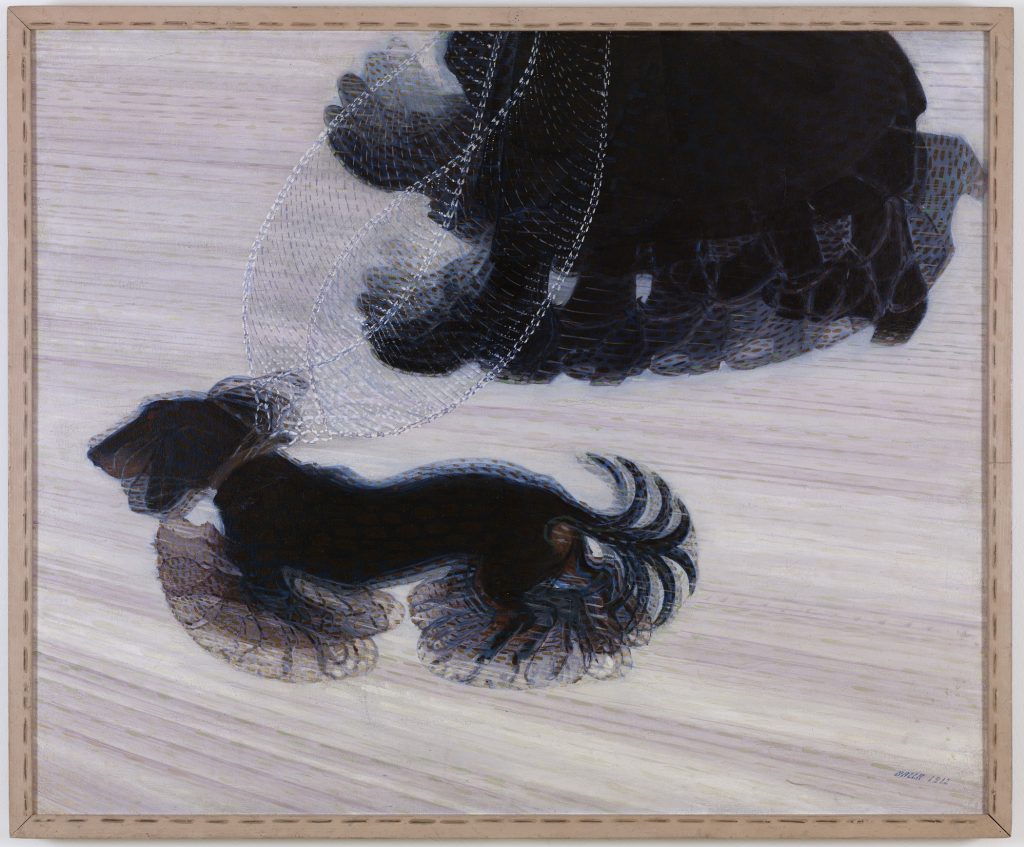
This in turn accounts for the early significance of fashion, as an aesthetic expression, that is directly and almost exclusively applicable to the active and activated body.
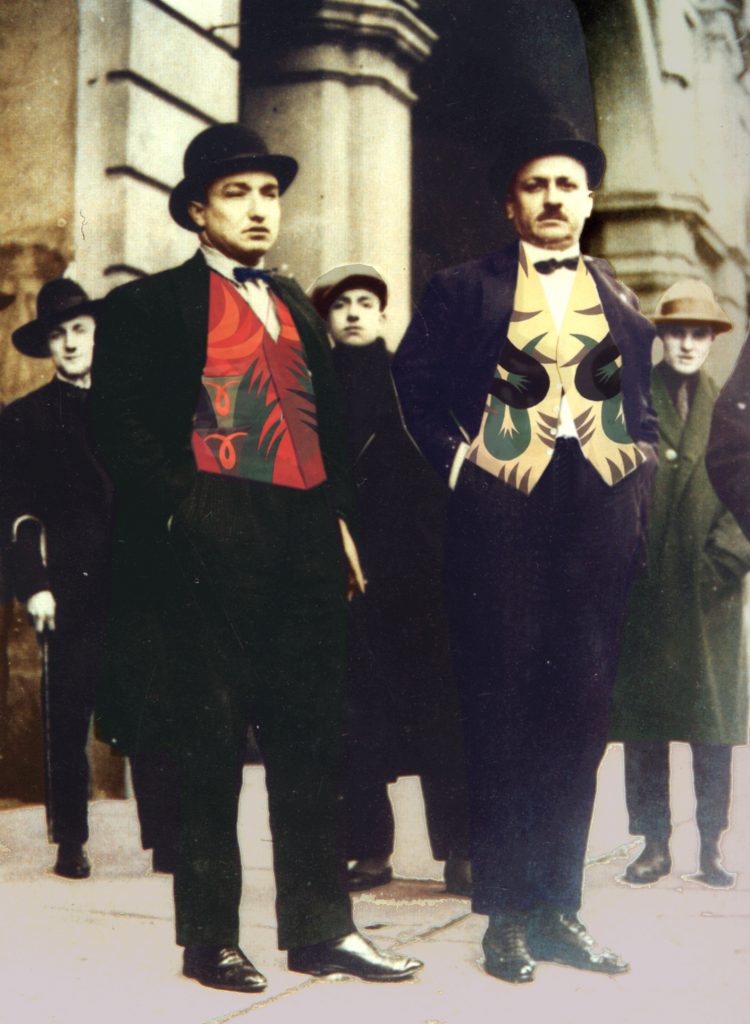
We must invent futurist clothes, hap-hap-hap-hap-happy clothes, daring clothes with brilliant colors and dynamic lines. They must be simple, and above all, they must be made to last for a short time only in order to encourage industrial activity and to provide constant and novel enjoyment for our bodies.
Giacomo Balla, Manifesto Le Vêtements Masculin Futuriste, 1914. Fashion History.
The first example of the manifestation of clothing in the Futurist sense took place in 1911, when Umberto Boccioni and Gino Severini, on the occasion of their meeting with Picasso in Paris, both wore socks that were different from each other and color-matched to their ties. This is the first occasion on which the two basic stylistic principles of futurist fashion appear: asymmetry and the liveliness of color. Or in other words, dynamism and vitality as the first concepts that contravene the rules of bourgeois clothing.
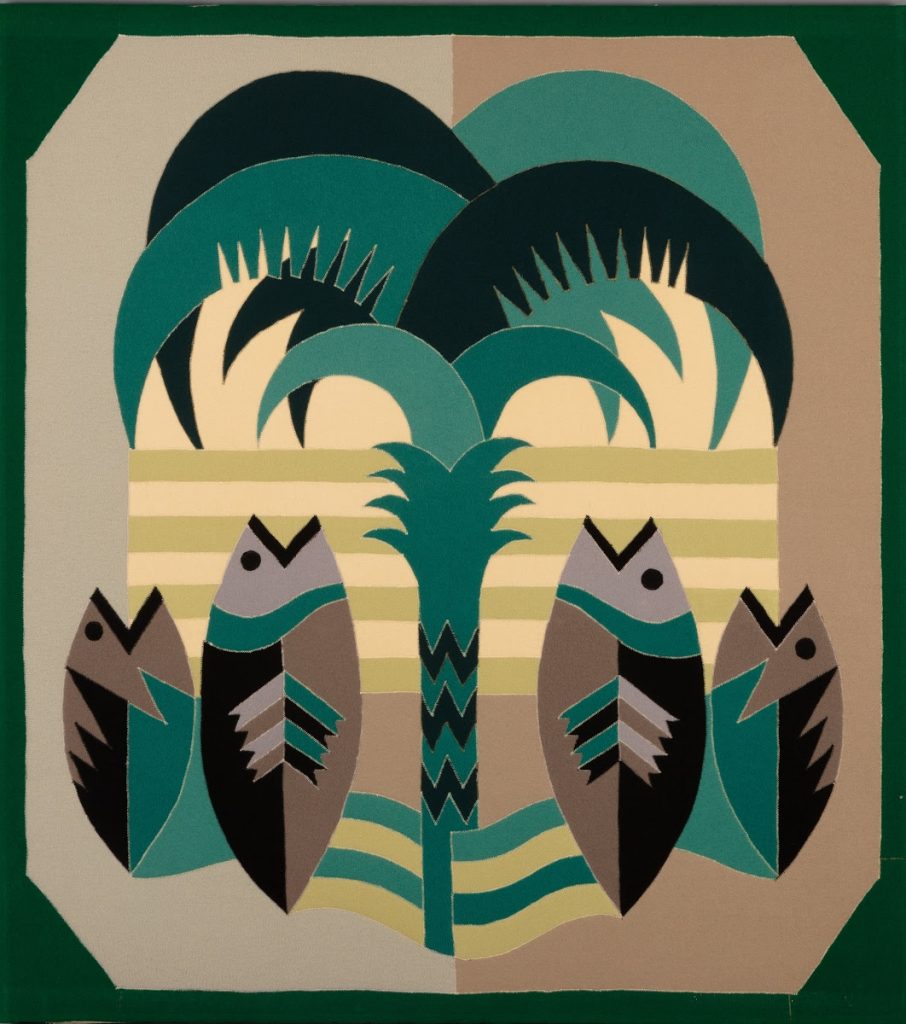
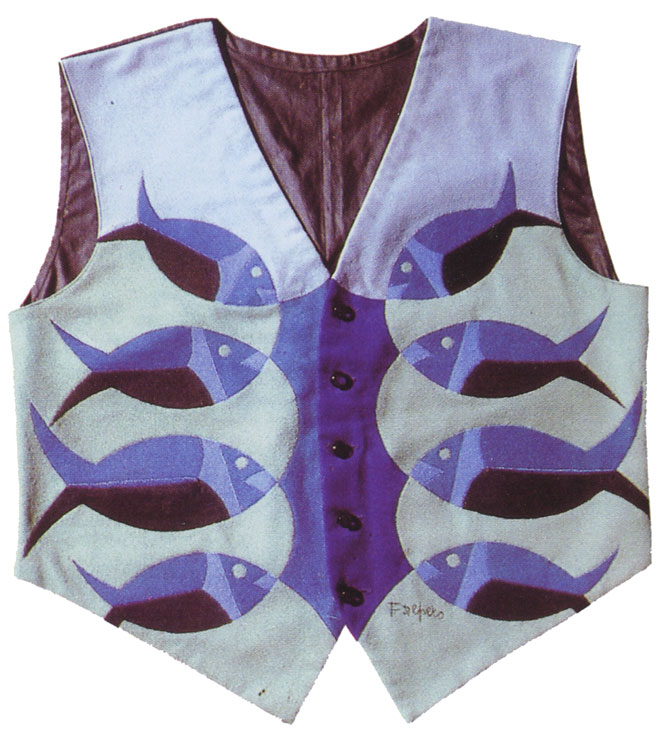
The Futurists began introducing new types of clothing into the ecosystem of garment and accessory design. They stood to abolish all forms of symmetry, instead embracing sporadic, geometric patterns, garish colors, and common textures that had never formally been utilized in the context of fashion (plastic and metal, for example). They realized the opportunity of playing with volumes, the density of materials, and animated objects.
Accessories stood as an area of particular opportunity and freedom among this experimental group. They proposed new design concepts regularly which regaled the senses and embodied their quest to create anti-fashion, fashion.

The project of a futurist fashion corresponded to opposite but complementary principles: on one hand there was imagination, in the name of creative freedom, and on the other hand functionality, as the will to adhere to the values of scientific and technological modernity. Provocation was also a main goal of their fashion.
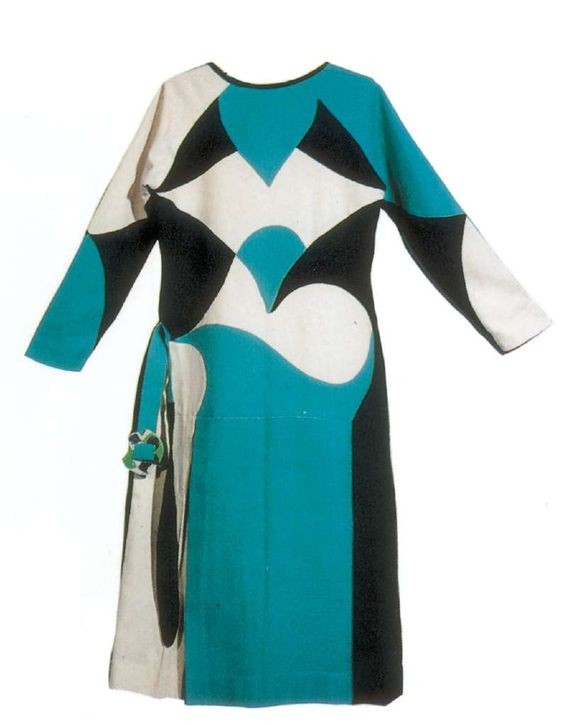
Giacomo Balla however, was the first to reach the realization of an authentically futurist fashion. In 1912 he already had a large personal wardrobe of clothes he had designed and which he exhibited during his stay in Düsseldorf, Germany. In fact, between 1912 and 1913, he created his first textile projects in which he used the same formal elements of dynamic syntheses studied in his paintings. The vitalistic line, synthetic forms, and the rhythms of chromatic inter-penetrations were combined in his designs for fabrics and ties.
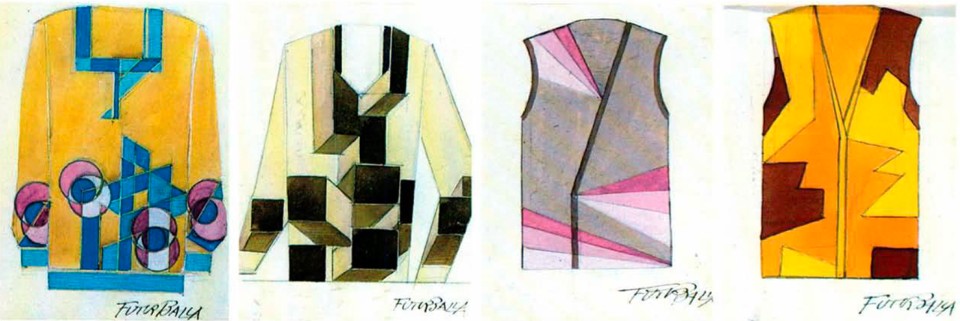
Balla’s early designs actually show an attempt to break the surface of the body into fractions and give movement to a heavy and static cloth. He hoped that the painted “speed lines” and colorful beams on the fabric would render even the most conservative and immovable individual a model of dynamism. The brightly colored waistcoats and ties offered a habitual outlet for individualism.
The search for dynamism led Balla to use simple, geometric shapes and color contrasts that vary according to the time of the day or the occasion for which the garment was designed. Men’s bourgeois suits, as the mainstay of modernity, offered the most obvious target for a futurist reform of the dress code.
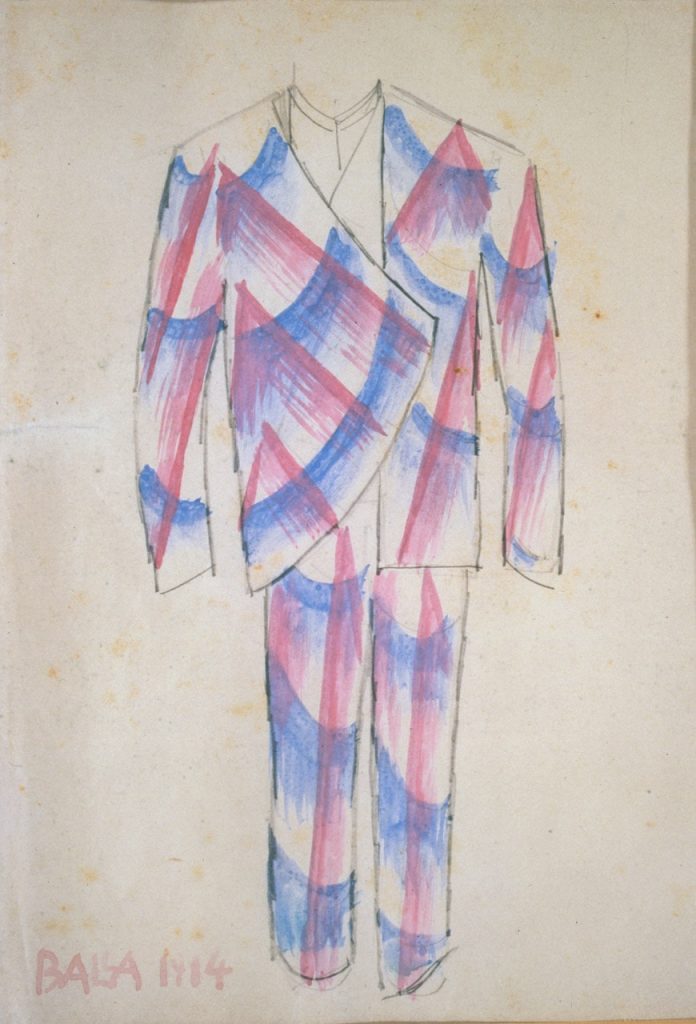
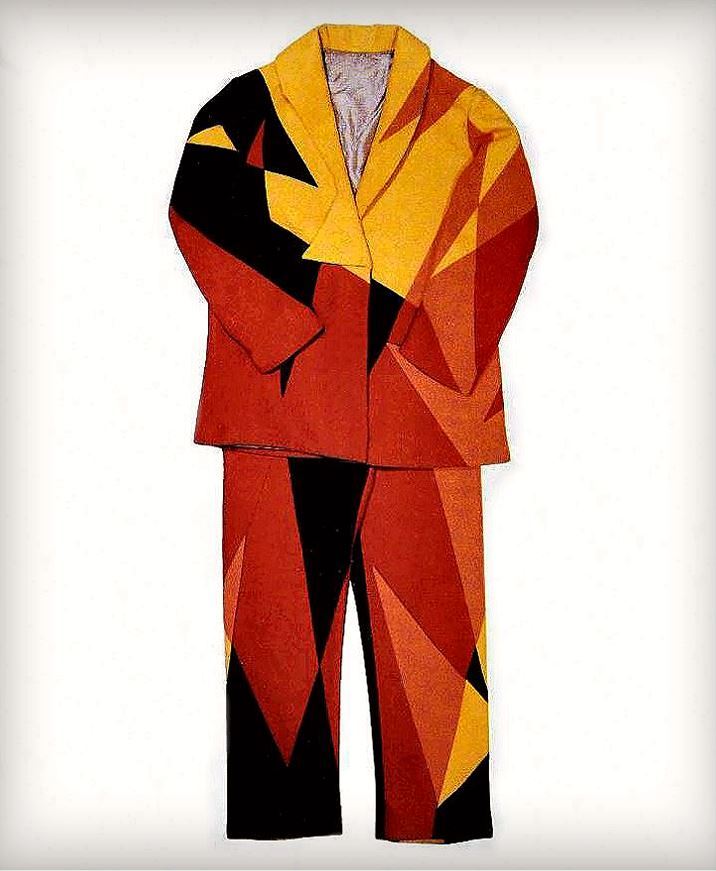
In 1914 Paris, Balla published his manifesto written in French, Le Vêtements Masculin Futuriste (Futurist Male Clothing), proposing clothing made of simple lines, joyful in colors and dynamic.
The futurist suit must reject the melancholy of the black suit, serious, depressing and unhygienic, replacing it with a new suit suitable for moving the wearer in harmony with the dynamism of modern cities.
Giacomo Balla, Le Vêtements Masculin Futuriste manifesto. Grandi, S.: Dressing the twenties. Fashion and artistic culture in Italy between the two wars.
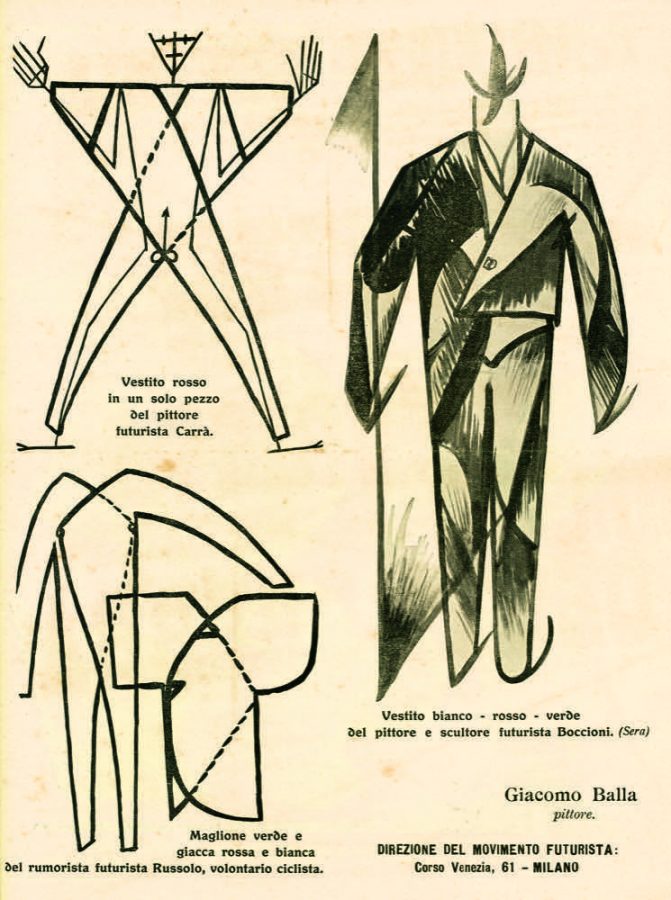
The second manifesto, published in the same year, with the title Il vestito antineutrale (The anti-neutral dress), is the Italian version of the previous one, but with some variations. The Manifesto itself incites Italians to warlike intervention through clothing, making clothes aggressive, and thereby multiplying the courage of the strong and upsetting the sensitivity of the cowardly.
Both manifestos represent the first two theoretical conceptualizations of futurist aesthetics regarding fashion. From 1915 onward, Balla produced a large number of products and accessories for both men’s and women’s clothing in his atelier – vests, jackets, designs for textiles, blouses, scarves, handbags, shoes, belts, etc. Balla sought to transfer the morphology developed on the canvas into apparel. Therefore by 1915, fashion was configured for Balla as a “living plastic complex”, in which the main contents of the futurist style are condensed.
Ernesto Michahelles, better known as Thayaht; in 1918 was inspired by the concepts of functionality expressed by Balla. So, he invented the famous suit Tuta. It was designed as a cheap, unisex, uniform overall where the shirt, jacket, and trousers were condensed into a single piece of practical, simple, hygienic, and synthetic clothing.
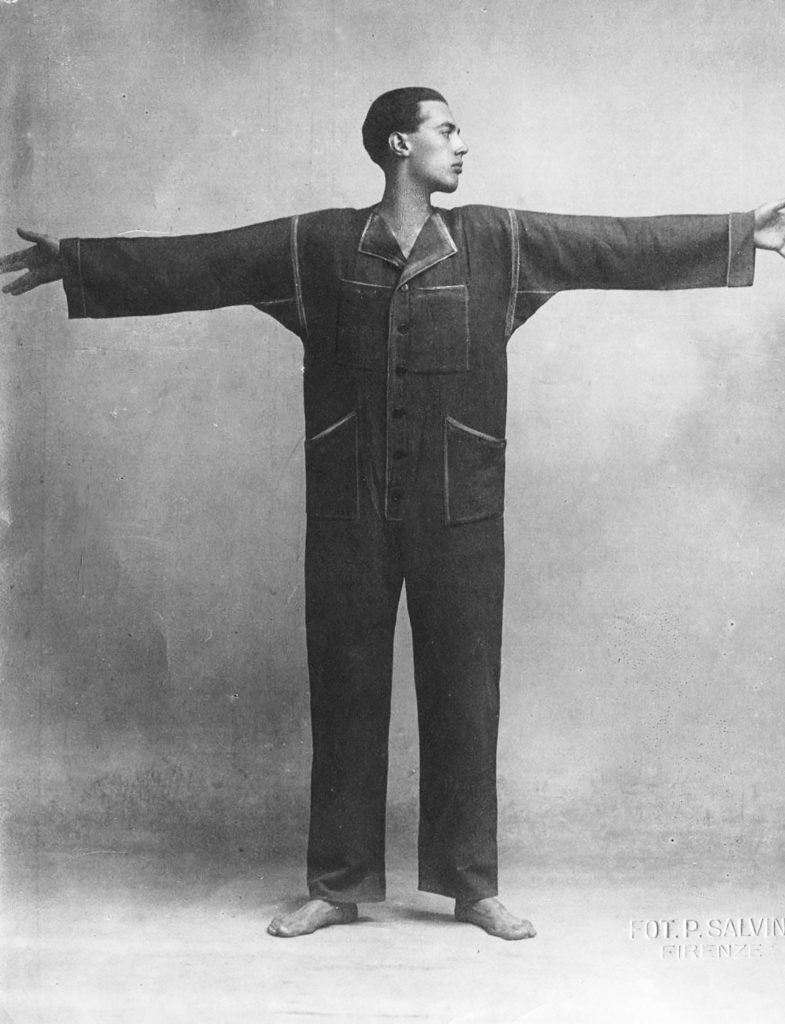
Thayaht’s Tuta appeared for the first time in an article published in 1920 by the Florentine magazine La Nazione. A flyer with cutting patterns was reproduced to make a DIY version that, due to its simplicity, could be tailored at home from a variety of fabrics.
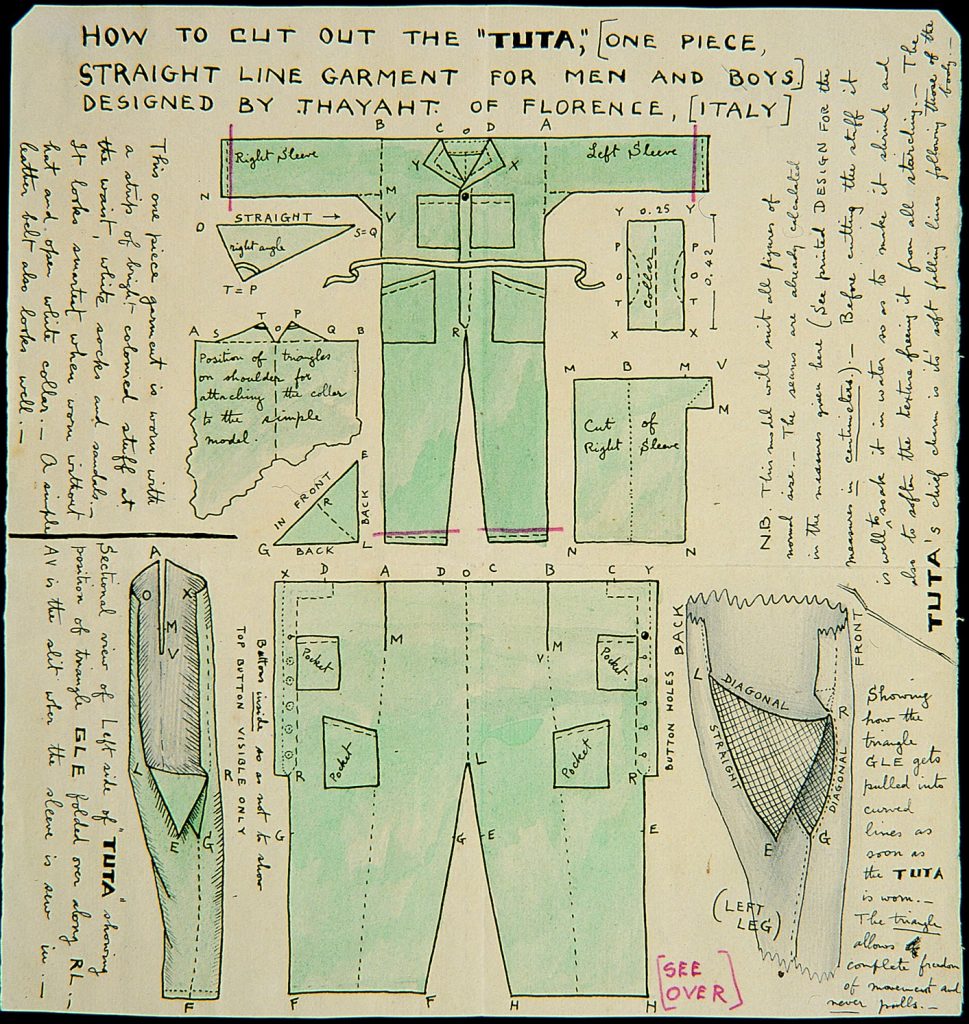
Compared to the famous overalls of Soviet Constructivist artists (like Aleksander Mikhailovich Rodchenko’s) that were conceived as work clothes, this “universal dress”, as Thayaht called it, was designed to adapt to any occasion. However, above all; it was to be comfortable and to allow complete freedom of movement to the wearer.
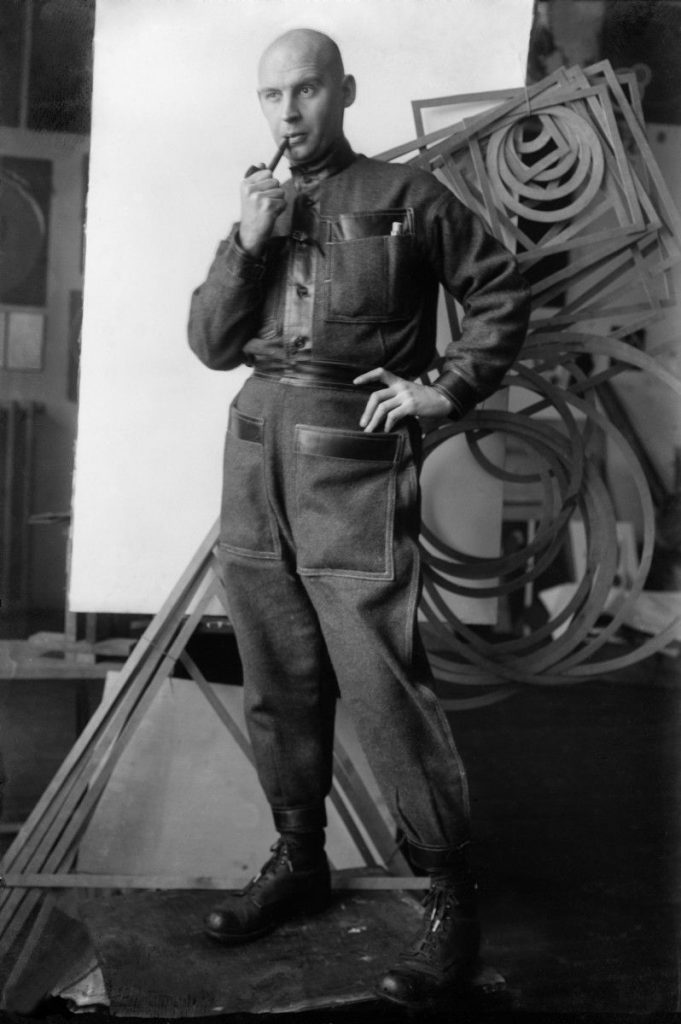
Furthermore, he aimed to provide a piece of clothing that maximized freedom of movement for the body and directed an active lifestyle and corporeal ideal, that would later feed into the fascist glorification of athleticism. In fact, a female version of the Tuta was also created together with sandals matched to the dress.
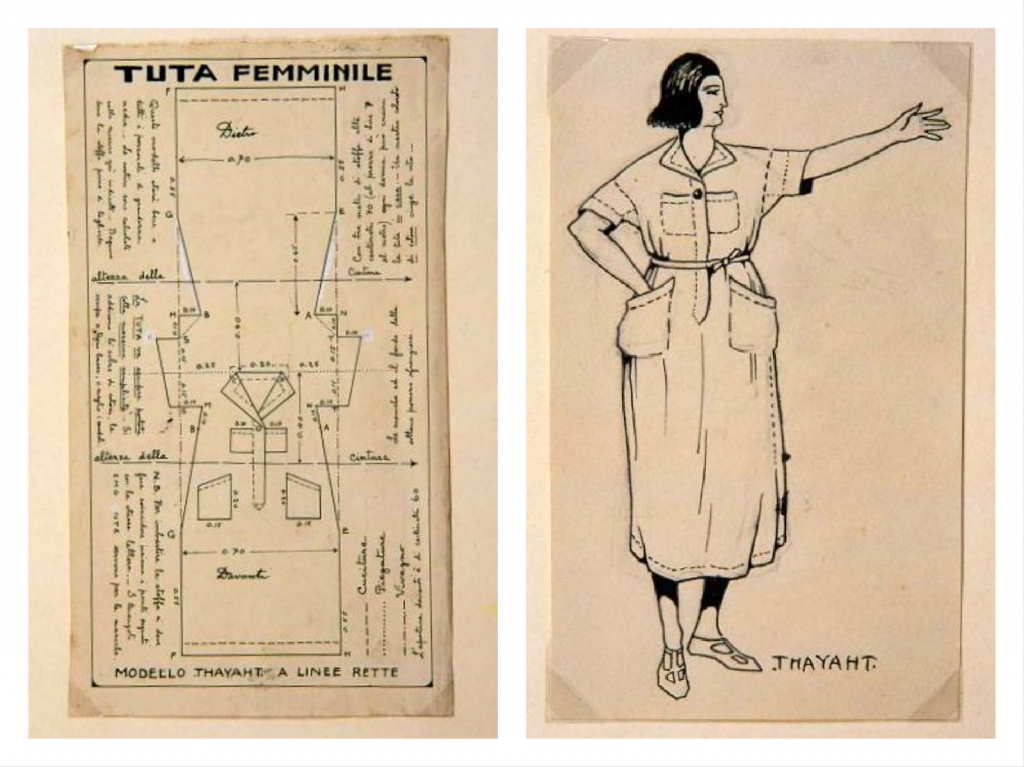
During his stay in Paris in 1921, Thayaht came into contact with the famous couturier Madeleine Vionnet and created some haute couture illustrations for the Maison Vionnet. The stylized geometric compositions of the sketches appeared in the early 1920s in the French magazine Gazette du Bon Ton. In 1929, Thayaht designed men’s clothing for the sea and in 1930 he also wrote a book: Aesthetics in Dressing. Solar fashion, futuristic fashion.
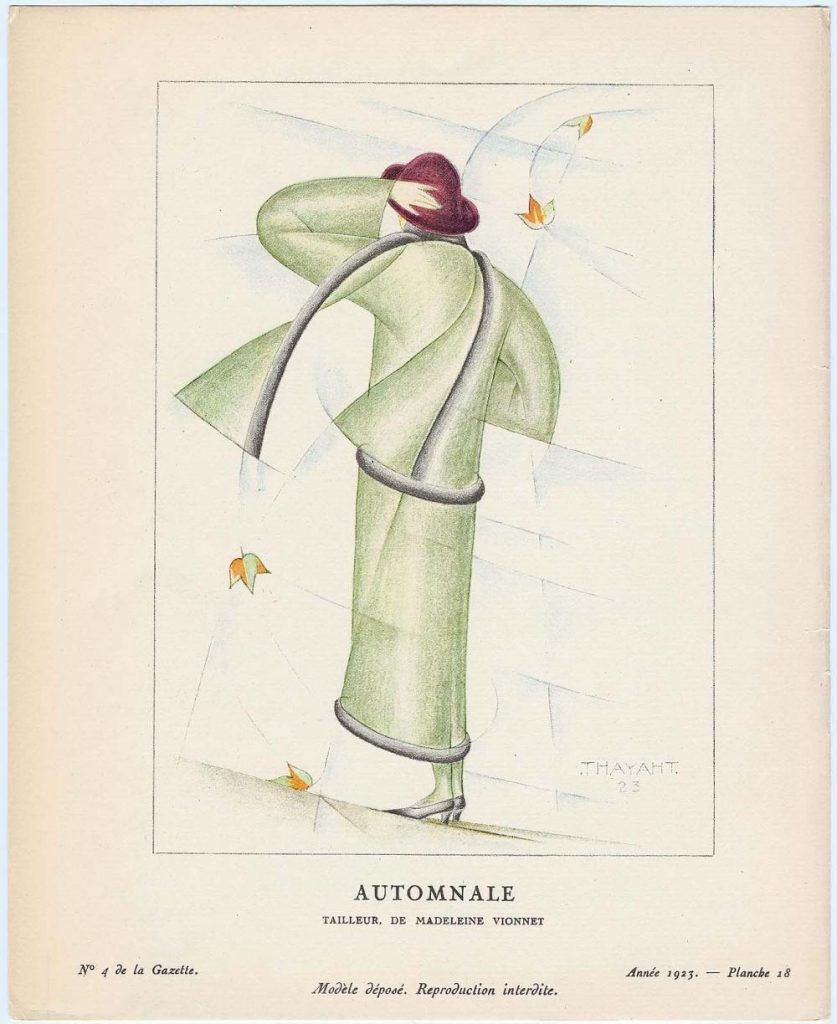
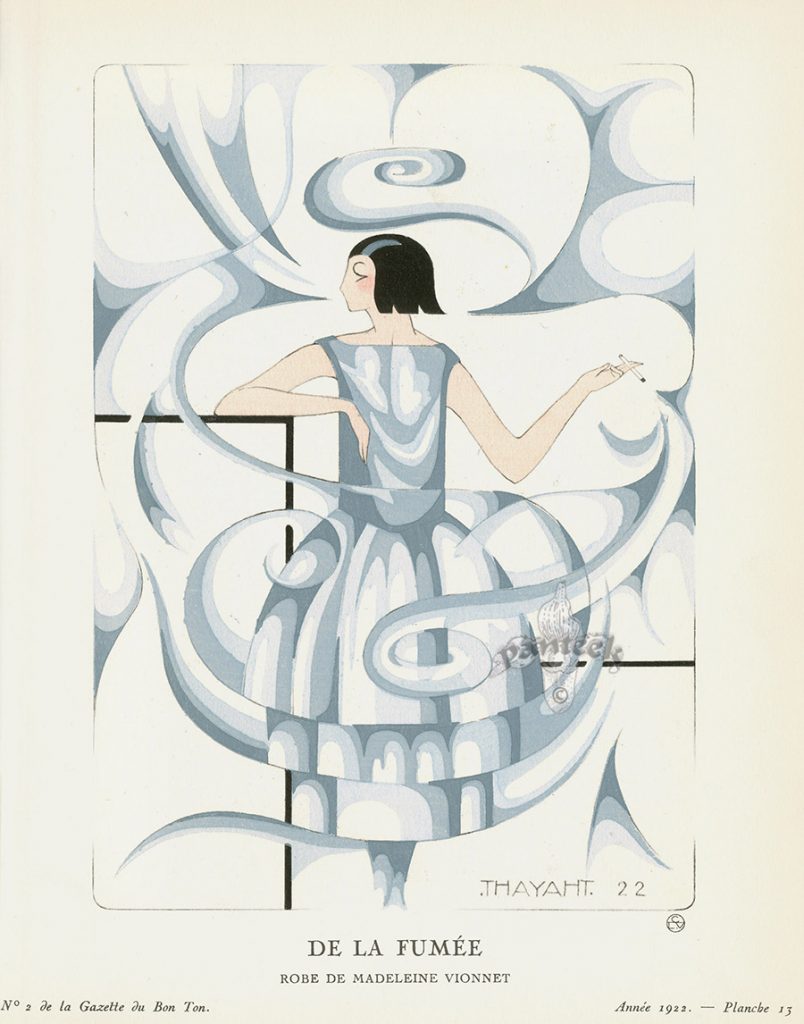
Another lesser-known Futurist, Tullio Crali, continued Balla’s efforts to redesign the jacket and suit. He created a series of sketches of short and dynamic dresses in which cutting inventions mix with contrasting colored panels of fabric, thus creating stylized sculptural effects that echo some Constructivist solutions.
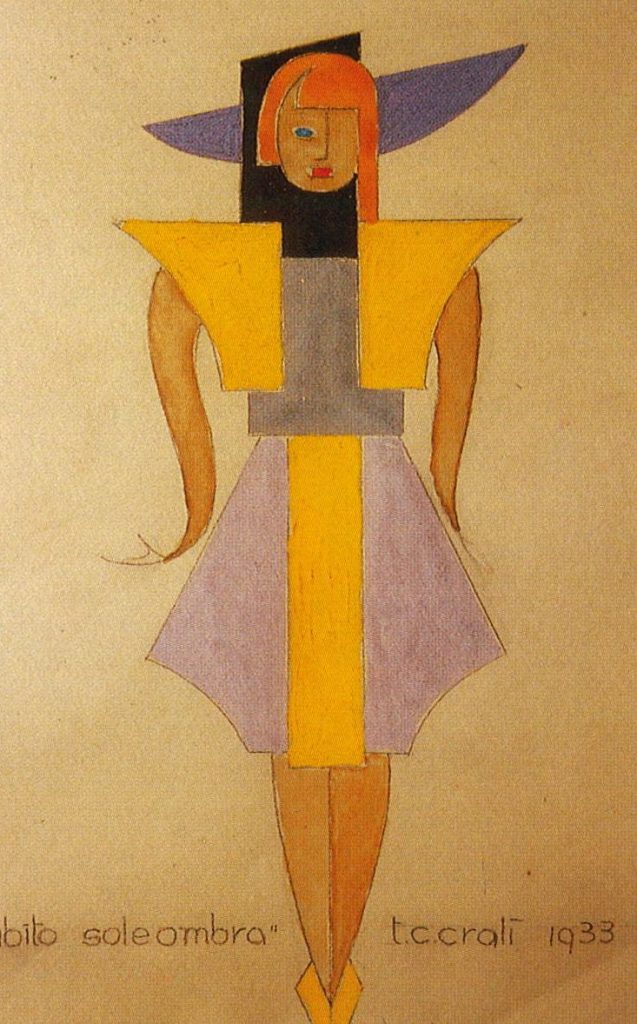
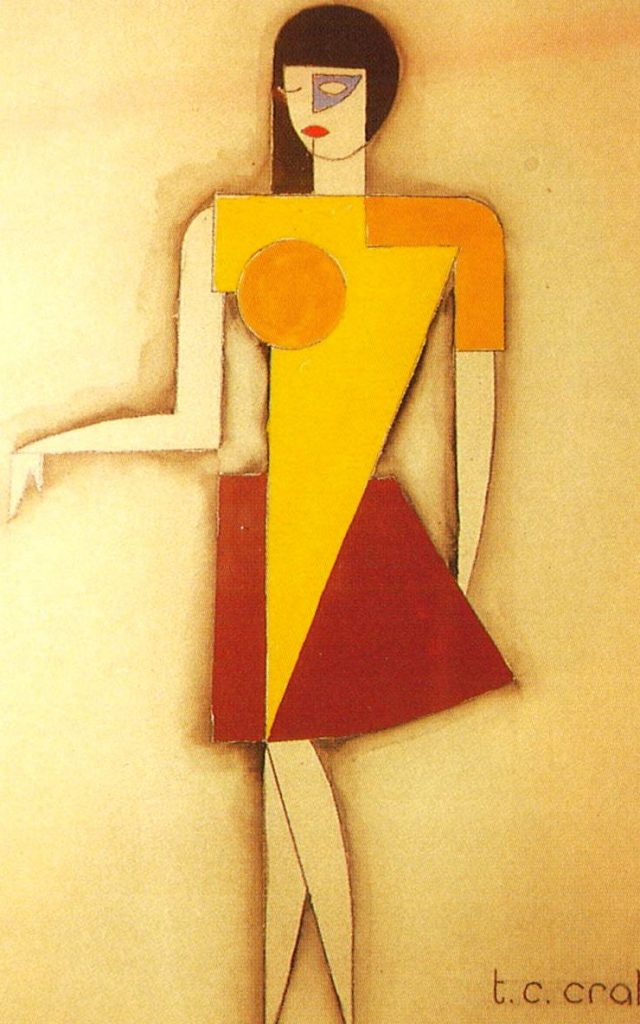
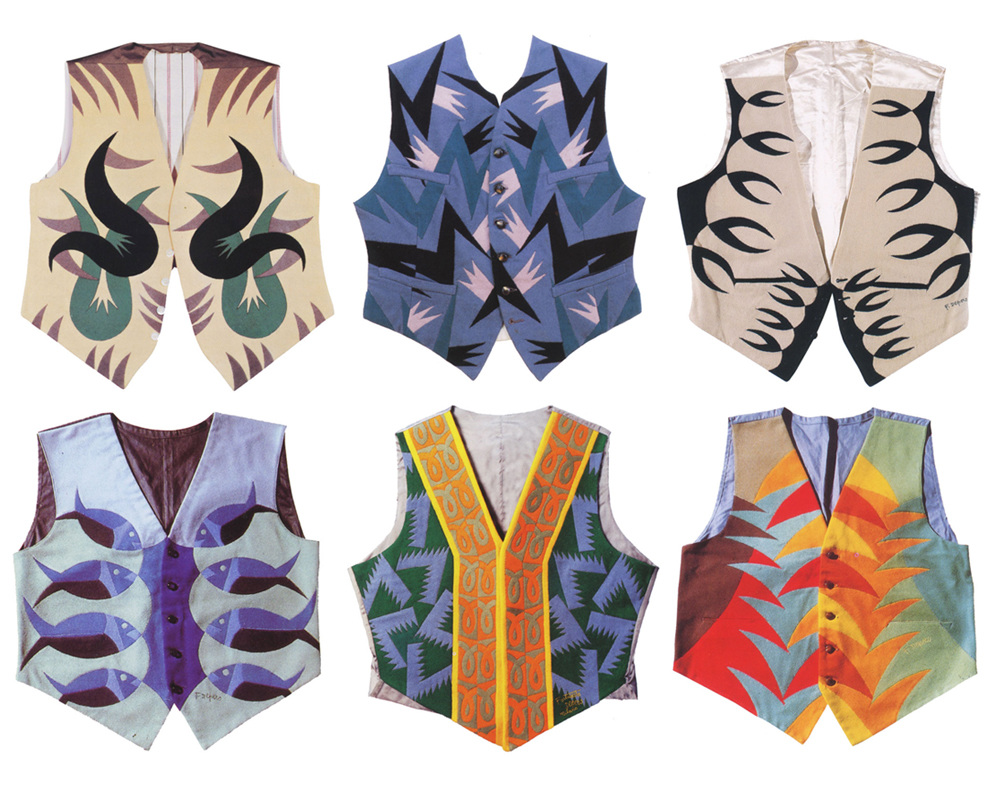
If Balla and Thayaht were oriented toward a reformulation of everyday dress, Fortunato Depero actually remains the Italian Futurist with the strongest connections to fashion. He created costume designs, theatrical sets, and illustrations for adverts. After the war, when he fled Italy to escape his association with Fascism, he designed scenes and costumes for the Roxy Theatre and for the American Sketches in New York. This was actually his second American experience since at the end of the 1920s he worked in New York as an illustrator for Vogue and Vanity Fair.
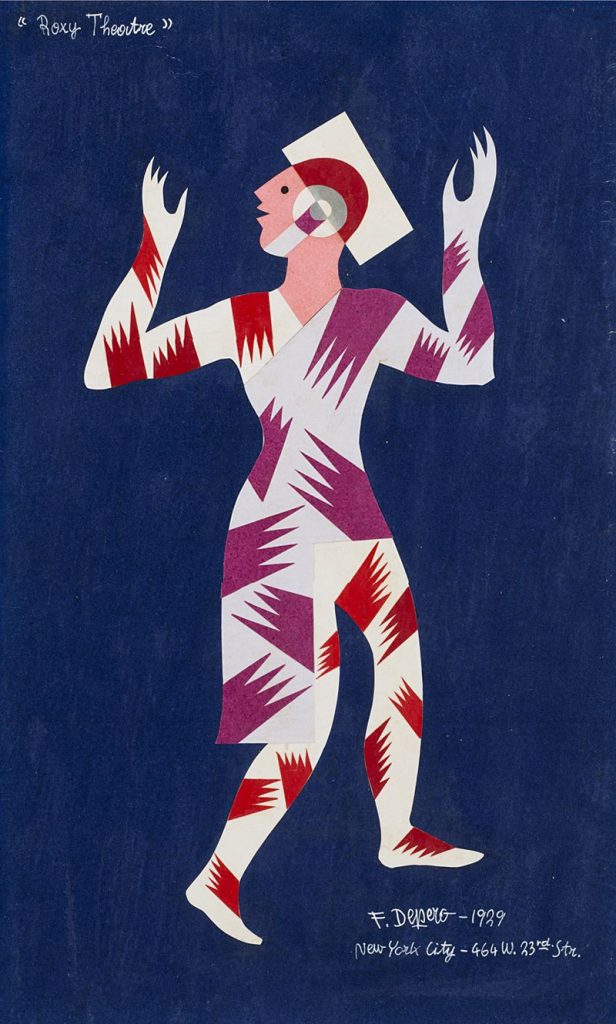
Depero created his first costumes in 1916 for a mimic-acrobatic ballet entitled Mimismagia, which featured geometrical designs that could be transformed and also integrated elements that lit up and produced noises.
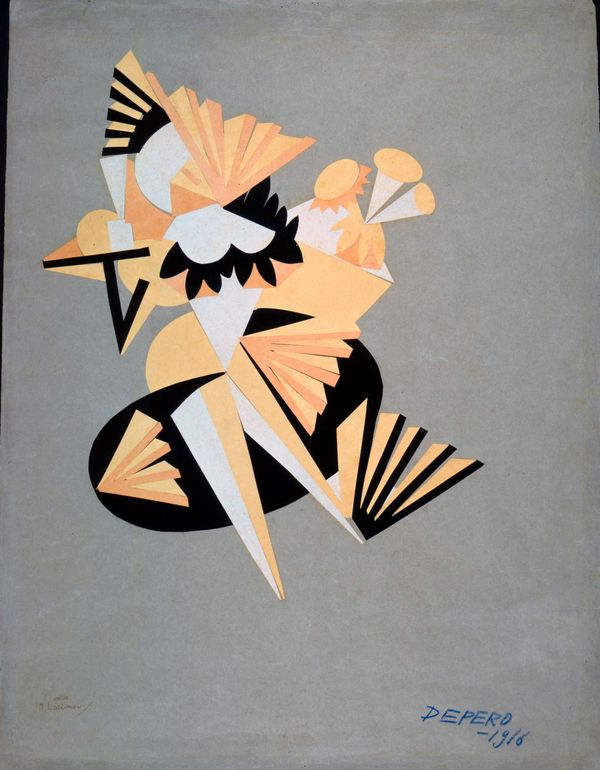
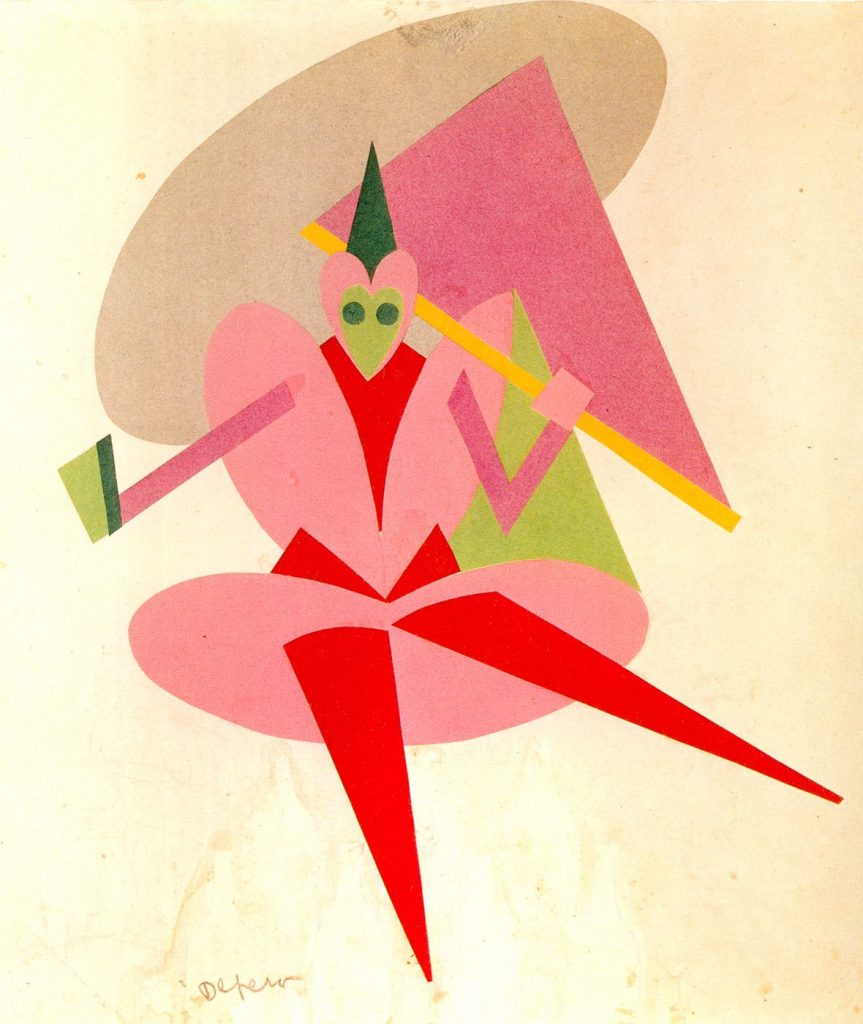
In the same year, he met Sergei Diaghilev, who commissioned him to design scenes and the costumes for the Ballets Russes’ Le Chant du Rossignol, with music by Igor Stravinsky, and for Il Giardino Zoologico (The Zoological Garden) by Francesco Cangiullo with music by Ravel. These projects were never realized but the drafts Depero left us to show the great innovative and creative forces behind his work.
He was back in the news in 2009 when quite a few museums celebrated the 100th anniversary of Italian Futurism. For this occasion, the Museo di Arte Moderna e Contemporanea di Trento e Rovereto launched a special exhibition in which they tried to look at the influence the Italian Futurists had on the German and Russian avant-garde movements.
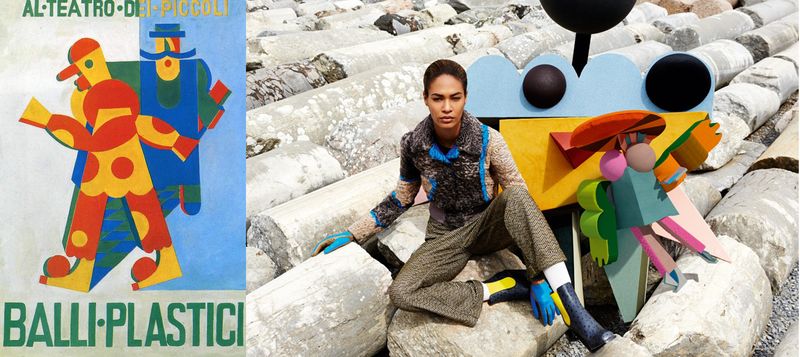
Depero’s visionary and dynamic figures recently appeared in the Missoni Autumn/Winter 2014 campaign shot by famous Dutch photographer and artist Viviane Sassen. Sassen injected into the images all her trademark passion for forms and shapes, objectifying the human body and allowing the graphic designs donned by the models to create a dialogue with the abstract, robotic forms. The result looks sophisticated, fresh, and fun, creating bridges between art and fashion in an unusually inventive way that looks at the past while also projecting the shoot into the future.
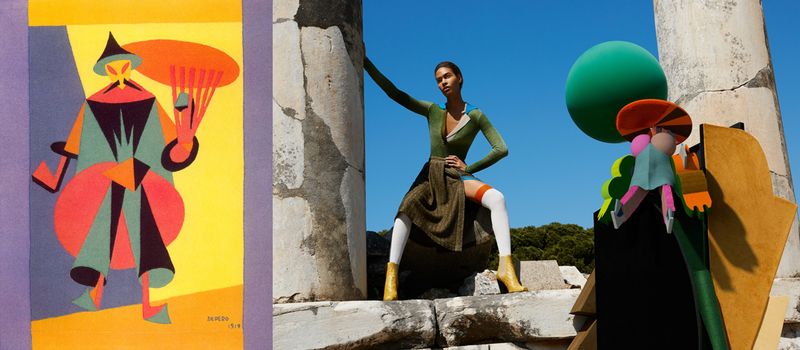
Models clad in graphic designs stand among archaeological ruins next to bizarre figures made out of geometrical forms, looking like rigid and mysterious, yet colorful and playful alien-like robots.
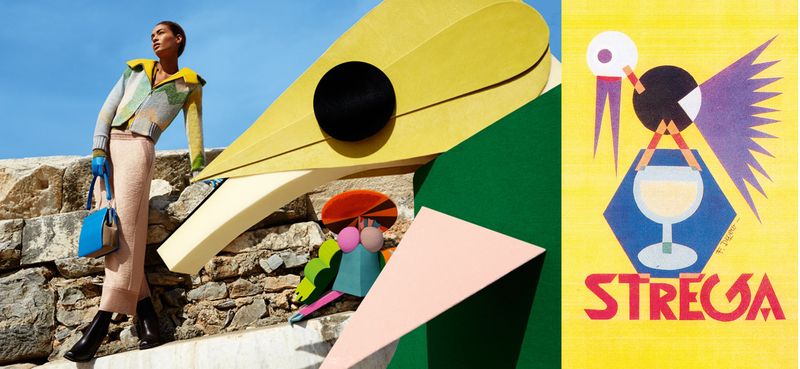
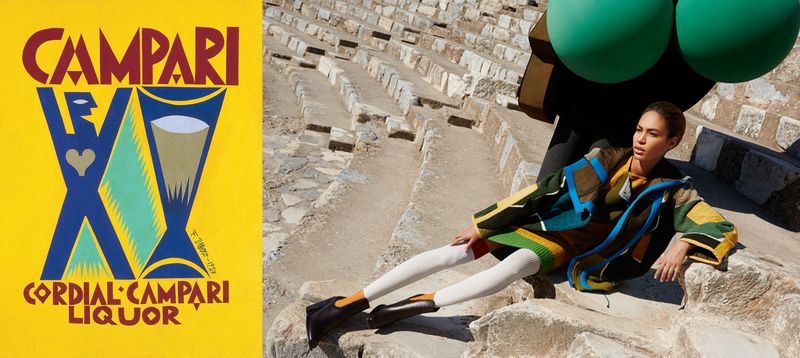
Some of the color combinations in the models’ clothes call to mind Depero’s Futurist waistcoats and the palettes employed for his Campari and Strega adverts or his covers for fashion magazines. Meanwhile, the robotic figures look as if they may have stepped out of the costume drafts for the Chant du Rossignol costumes, from Depero’s Balli Plastici (Plastic Ballets), or from his mechanical ballet Anihccam del 3000.
There are actually a few original futurist garments by Depero and Giacomo Balla in the collection of Rosita and her late husband Ottavio Missoni.
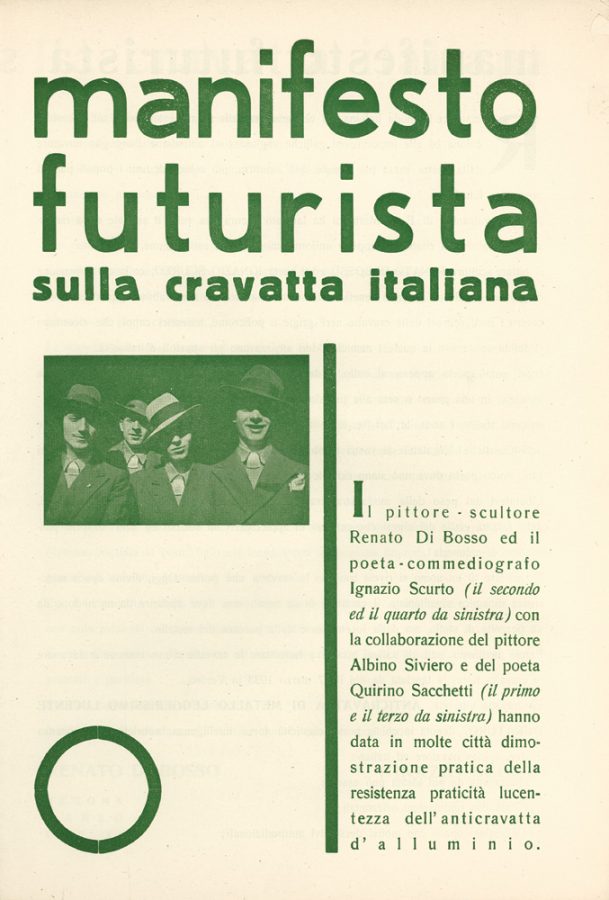
In March 1931, the first futurist hat was introduced. It was rendered in a variety of colors and materials, both synthetic and industrial. Two short years later, in 1933, a futurist necktie was developed by Italian painter and sculptor, Renato di Bosso. Di Bosso launched a manifesto titled Manifesto Futurista sulla Cravatta Italiana or The Futurist Manifesto of the Italian Tie with the intent of creating an “Anti-tie”.
Based on this concept he introduced a light metal neck adornment that was both glittering and durable. Subsequent iterations of his design included elements such as copper and aluminum. By the 1930s, with the introduction of accessories, the futurist wardrobe was effectively complete and the group began to build on their already existing designs to expand their vision and reach.
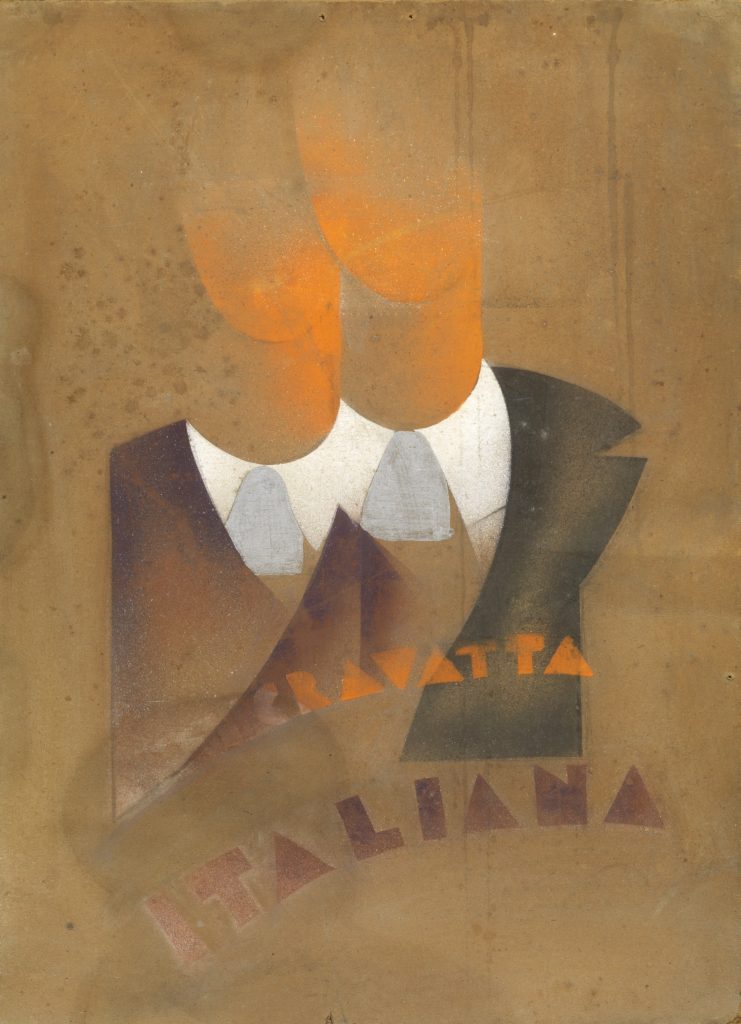
Futurists also visited the famous Exposition Internationale des Arts Décoratifs et Industriels Modernes (International Exhibition of Modern Decorative and Industrial Arts or most commonly known as Expo) held in 1925, from which the Art Deco movement took its name.
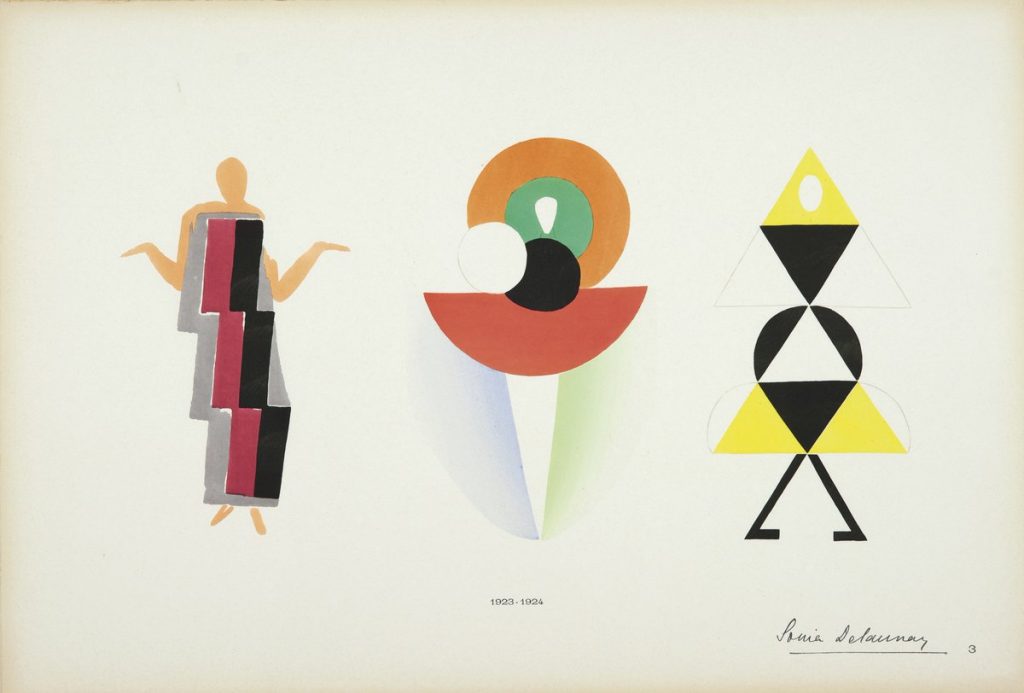
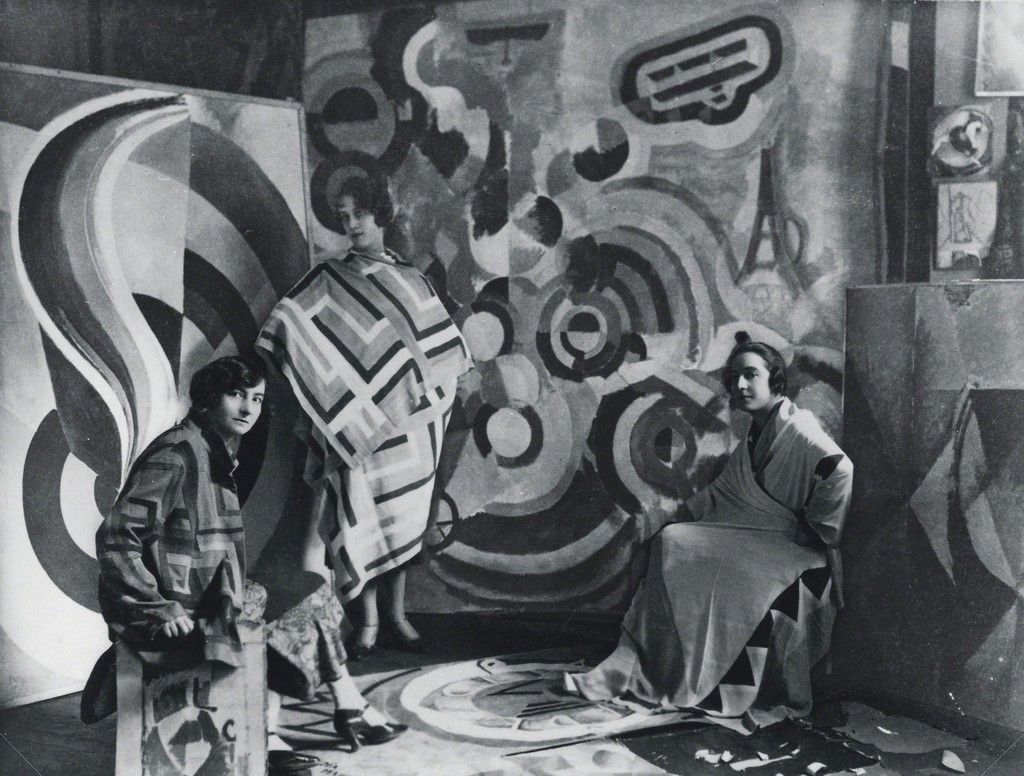
Quite often, Sonia Delaunay’s sketches of clothes and fabrics from the 1920s are compared with those of the Futurists, but the difference is obvious. Although both skillfully play with contrasting colors, the compositional rhythms of Delaunay’s fabrics are more static than the dynamic creations of the Futurists.
Futurism in fashion is not limited to the artistic movement alone. The pervasive conceptual and visual influence of futurist art at the beginning of the 20th-century accounts for the fact that the term Futurism continues to be applied in the case of fashion to designs that are made from unorthodox materials, demonstrate new technologies and shapes and display colorful dynamism.
Practicality and functionality proved to be fundamental for fashion developments not only in the 1920s but found constant and amplified application in fashion formulations since the early 1960s. Many Futuristic assumptions have been prophetic and have even continued in fashion to the present day.
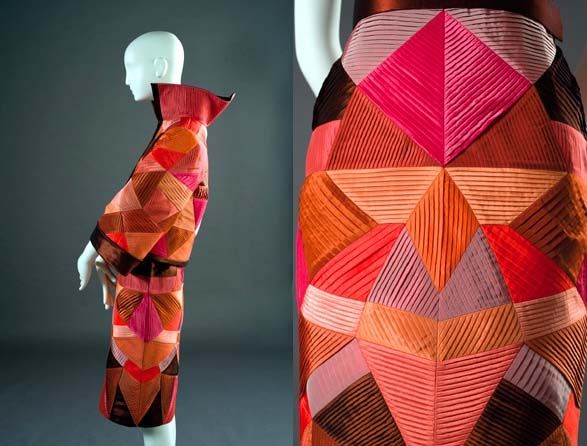
DailyArt Magazine needs your support. Every contribution, however big or small, is very valuable for our future. Thanks to it, we will be able to sustain and grow the Magazine. Thank you for your help!